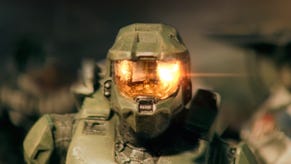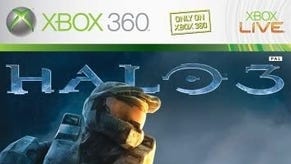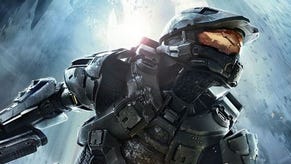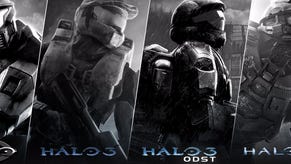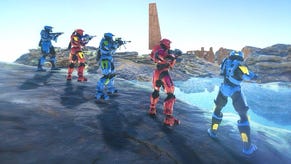Halo 3: ODST
A short, sharp drop.
Getting more out of the Halo universe was never going to be difficult. There was plenty of drama waiting to be uncovered in New Mombasa, just as there will be in the since-glassed extremes of next year's Reach. But getting by without the Master Chief was always going to be difficult. He's the apex predator of Halo's enormously diverse battlefield ecology, sucking in his breath and diving out of space stations, smashing the Flood without breaking sweat, and hijacking Ghosts with one hand tied behind his Mjolnir armour. Everyone else can only be so tough; can only jump so high, recover so quickly, and do so much damage without need of backup.
Halo 3: ODST does present a compelling alternative to the Master Chief, but the smartest thing about the game is that Bungie faces down this intimidating challenge by realising it cannot do so through one man alone. Although you control the Rookie, a seemingly fresh-faced but faceless new tip of the spear in the battle against the Covenant, the developer prefers to tell the story of New Mombasa through a series of playable vignettes, each of which showcases individual acts of very human heroism on the part of a scattered group of Orbital Drop Shock Troopers.
The Rookie's story begins in space as the ODSTs plans their attack on the Covenant forces that have appeared above New Mombasa, equatorial home to the space elevator that connects the world to the war machine that sits reluctantly on its shoulder in geostationary orbit. They're going in, but as they do so - in a fantastic first-person introduction sequence that captures the violent insanity of outer-terrestrial deployment - a Covenant ship jumps away, and its slip-space wake throws everyone off their drop coordinates and leaves the Rookie unconscious, suspended in his pod above the streets until after nightfall.
When he wakes up, at first it's to a game that is nothing like Halo: a dark, deserted city with very little human or Covenant presence to speak of, with nobody whispering instructions in his ear and little to go on besides an instruction to find medical supplies, while piano and theremin peels float unhurriedly on the wind. This is the game's hub world, a fat expanse of downtown New Mombasa, which the Rookie will spend the night crawling over for signs of his lost squad-mates.
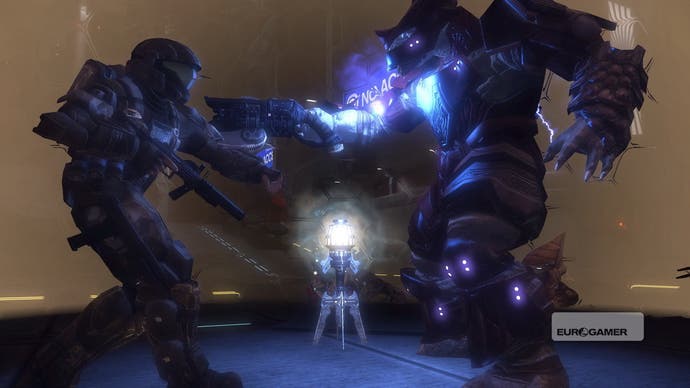
Like them, he's equipped with a VISR, which offers night-vision augmented by outlines and markers to identify beacons and hostiles, and which provides access to an overhead map of the city for plotting routes back and forth across it. Picking his way past Covenant patrols - some light, some heavy - he tracks down remnants, like a helmet with a crushed visor, a sniper rifle with a bent scope, or a faltering gauss cannon, each of which triggers a playable flashback level.
The hub may be a world apart from the Halo we recall, but the stories the flashbacks remember are not only the Halo world we recognise, they play out like a greatest hits compilation. They begin with squad leader Buck's assault on a Covenant-controlled plaza, a desperate rampage through streets filled with jackals and brutes in search of Veronica Dare, the naval intelligence officer with whom he has a history, and whose radio messages suggest is in serious trouble. Buck may be in a nervous hurry, but you will be back in your comfort zone, using the occasional building interior and split levels of the promenade to outflank and outgun the Covenant with your new suppressed, kick-heavy machinegun and revitalised, headshot-happy pistol.


